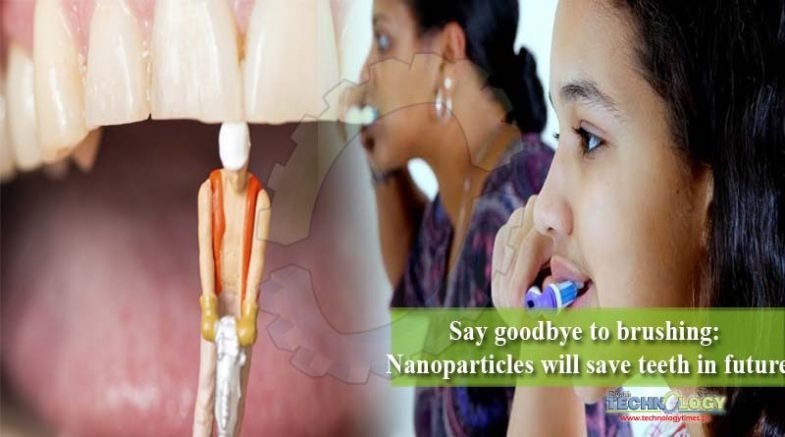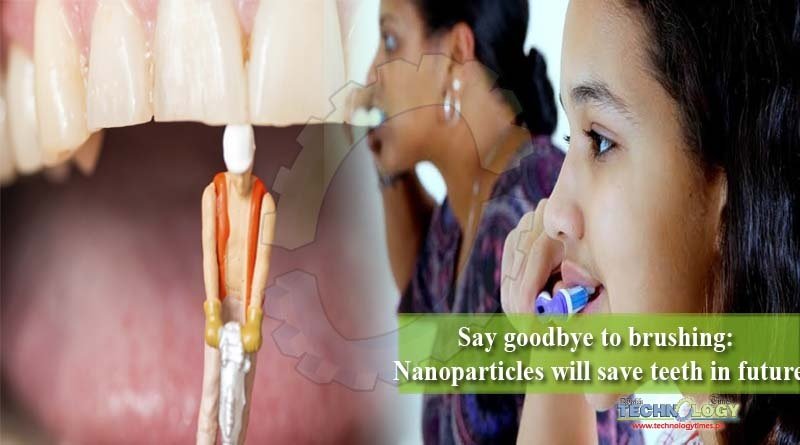The application of nanotechnology in dentistry has grabbed significant attention in recent years. Different types of oral and dental nano particles have been investigated by researchers so far.
 Nanotechnology consists of the development of systems, structures, or devices in the nanometric scale, presenting at least one novel/superior characteristic or property over the original. The use of nano structured particles for drug delivery is a promising strategy due to their versatility.
Nanotechnology consists of the development of systems, structures, or devices in the nanometric scale, presenting at least one novel/superior characteristic or property over the original. The use of nano structured particles for drug delivery is a promising strategy due to their versatility.
The teeth are very important oral cavity and it contains various parts like cementum, pulp, enamel, dentin, periodontal ligament and pulp. Its function is to crush the food into small parts for easy swallowing and quick digestion.
The application of nanotechnology in dentistry has grabbed significant attention in recent years. Different types of oral and dental nano-formulations have been investigated by researchers so far.
Nanoparticle-based formulations for local delivery in the oral cavity can be presented as an aqueous suspension or be incorporated into a gel or paste. For nano particles (NPs) the most practical and urgent use is to cover the teeth issues. There are thousands of bacteria in your mouth, but some of them can cause serious damage if they get into your gums due to lack of flossing or because you haven’t seen a dentist removing the sticky plaque.
You are brushing your teeth daily for the reason to avoid bacteria from getting in. But several scientists have developed a coating of nano particles that can destroy these bacteria, protect the surface of the teeth and prevent gum diseases. Some researchers designed the NPs to adhere to the tooth structure so that the bacteria already present would be removed gradually. Researchers have developed tiny sphere-shaped particles that ferry a payload of bacteria-slaying drugs to the surface of the teeth, where they fight plaque and tooth decay on the spot. The approach could also be adapted to combat other plaque-like substances, known as biofilms, such as those that form on medical devices like orthopedic implants.
When the particles enter your mouth, they trigger hydrogen peroxide activity. Hydrogen peroxide acts as your body’s natural antiseptic and produces other molecules that degrade plaque and kill bacteria. The scientist also using NPs in toothpaste. This concept is already adopted in Japan where, Japan’s Sangi Company, Ltd., has sold more than 50 million tubes and continues to expand its line of products containing nano particles.
Certain NPs might be able to regenerate enamel, the toughest outer layer of teeth. Enamel protects teeth from extreme temperatures and potentially damaging cavity-causing chemicals, but it gets worn down over time (mouthwashes and toothpaste contain fluoride to prevent erosion).
Nano particle could also be applied to fill the teeth and also to prevent root canals. Many metals are nowadays used to fill the teeth, sometime its combination but filling can further damage teeth. Scientists are trying to design NPs which could eventually fill the holes and regrow the teeth by themselves. Next-generation dental materials incorporating nanotechnology aim to help teeth self-heal, rebuild enamel, and protect against bacterial infections.
The long term effect of NPs is still unknown, furthermore research is needed to resolve this issue. It is immensely expected that dental materials will protect our teeth and oral diseases in the future.
